Crafting the perfect sourcing brief
)
When you engage a new factory or producer to develop a product range, the quality of your sourcing brief will significantly influence the efficiency and success of your new product development (NPD) process. By being clear and detailed upfront, you can ensure everyone's expectations are aligned and select the most suitable production partners.
Nailing the basics
The most apparent element of a sourcing brief is outlining what you want the product to look like. This can take various forms depending on the design capabilities you or your partner factory have, to visualize the products. If you are creating the design, ensure you clearly mark it as your intellectual property and maintain records of when it was developed and shared.
If you cannot create designs, there’s no need to worry. Many producers now offer in-house design services, so your task will be to provide them with inspiration and direction. This can be done using mediums such as images and swatches. However, it is crucial to specify that any referenced products are for inspiration only to avoid potential copyright issues.

Practicalities, pricing and packaging
Once the design is finalized, you can move on to the more practical aspects of the brief. First, depending on the product type, decide on the material you will use and the finishes to apply. Most factories will offer various options—it’s often helpful to ask them to rank these in terms of cost, popularity, and practicality to make informed choices.
Next, determine the quantity or volume of the product you want to order. Many factories have a minimum order quantity or volume (MOQ/MOV). Asking about these requirements upfront can help you narrow down suitable partners and enable factories to provide accurate cost estimates. If you’re uncertain about the volume needed, consider examining similar products you already sell or assessing how much physical space the product would occupy on a fixture.
You should also establish the retail price you aim to sell the product for and include a target cost in your brief. Being transparent about this from the outset ensures no time is wasted developing an over-engineered product. It also allows the factory to suggest purchasing a larger quantity if needed to reduce costs.
Other essential details to include in your brief are packaging requirements and specifications for both the product and outer shipping materials. You should also outline any testing or compliance needs and clarify who will be responsible for confirming these. Additionally, include key dates from your critical path so the supplier understands the season or timeline you’re targeting.
Sharing a document with all these details empowers you to cross-quote and compare potential suppliers with confidence. By adhering closely to your sourcing brief, you can build strong partnerships, achieve your goals, and set the stage for a successful and rewarding development process.


